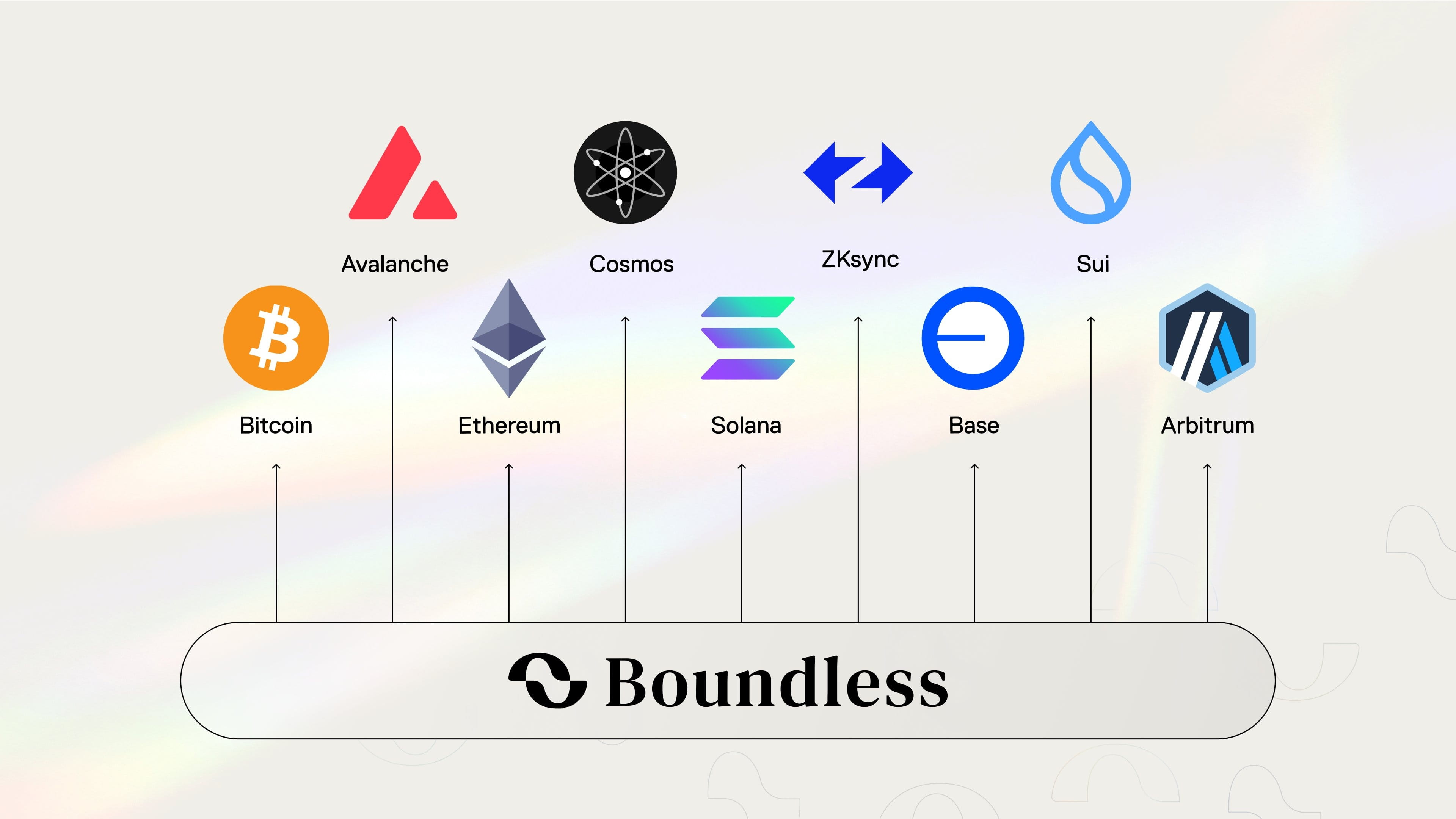In the world of encryption, many people instinctively think of 'Zero-Knowledge Proof (ZK Proof)' as a topic of advanced mathematics, far removed from ordinary users.
But what Boundless is doing is making this technology popular and standardized—it aims to become a shared computing layer that all blockchains can use, allowing 'verifiable computing' to become a resource accessible to everyone. Let me talk about what this project is really solving, as well as its potential and challenges.

1️⃣ What is Boundless? What pain points does it address?
Boundless is a decentralized protocol aimed at turning 'verifiable computing' into a foundational service that all chains can directly invoke.
The problem is that the current blockchain operation method is very inefficient. Each chain needs to verify and repeat calculations on its own, and each node is doing the same work. Boundless's approach is to delegate complex computations to specialized computing nodes (called provers), generate verifiable proofs, and finally, the main chain only needs to lightly verify the results.
This way, the main chain bears less burden, performs better, and can also reduce gas costs.
In simple terms, Boundless is providing a 'shared ZK engine' for the entire blockchain world.
2️⃣ PoVW: Making computing power truly 'useful'
The core mechanism of Boundless is called Proof of Verifiable Work (PoVW), meaning 'verifiable workload proof.'
Unlike traditional mining, the 'work' here is not wasting computing power to solve hash puzzles, but rather completing real computational tasks—generating ZK proofs.
Nodes must first stake a certain amount of ZKC tokens as collateral in the network before they can accept tasks. If the task is completed well and the proof passes verification, they can receive rewards; if they timeout, cheat, or fail, the collateral will be forfeited.
This economic design directs the entire network's computing power towards valuable directions, no longer meaningless repetitive calculations.
This is also the first step Boundless aims to achieve—transforming blockchain computing power from 'resource consumption' to 'value creation.'
3️⃣ Technical foundation: zkVM and modular architecture
To enable different types of programs to generate proofs, Boundless uses a virtual machine technology called zkVM at its core.
This means developers can directly drop their computational logic (such as smart contracts or off-chain programs) into the system, with provers generating the corresponding proofs.
The architecture of Boundless is designed to be modular:
There are local components (Bento) responsible for generating proofs, as well as a coordination layer (Broker) responsible for managing tasks and bidding processes.
The former is the technical execution unit, and the latter is the economic scheduling center.
This division of labor allows the system to ensure flexibility while maintaining overall security and decentralization.
4️⃣ The role of ZKC: the link of incentives, guarantees, and governance
ZKC is the native token of Boundless. It is not merely a reward token, but the core of the system's operation.
In the entire network, ZKC plays three roles:
First, collateral guarantee.
Each prover node must stake ZKC before accepting tasks, ensuring their performance capability.
Second, reward incentives.
Nodes completing tasks will receive new ZKC rewards, which come from the network's inflation issuance and ecological incentive pools.
Third, governance participation.
Token holders can stake ZKC to participate in protocol governance, influencing parameter adjustments and system direction.
Boundless's inflation model decreases year by year. Initially around 7%, it gradually decreases to 3% as the network matures.
This can attract computational participation in the early stages while ensuring long-term value stability.
5️⃣ Application scenarios: cross-chain verification, Rollup, AI computation
Boundless's potential applications are very broad.
It can provide a unified verification layer for Rollups across different chains, allowing Layer 2 systems to avoid redundant construction.
It can also provide 'verifiable state proofs' for cross-chain bridges, reducing reliance on centralized oracles.
What's more interesting is that Boundless can support more complex on-chain tasks, such as AI reasoning or large-scale computation verification.
In these scenarios, generating proofs is costly, and Boundless's shared computing power model can significantly reduce costs.
It can be said that as long as a task requires 'to make others believe that the computation is correct,' Boundless can come into play.
6️⃣ Ecological and market progress
Boundless's mainnet is currently online, and the number of nodes (provers) continues to increase.
It has also launched a public mining program, allowing users with GPU resources to join, providing computing power to generate proofs and earn rewards.
The launch of the ZKC token has attracted market attention. Early fluctuations occurred due to airdrop releases, but many institutions still view the project's technical roadmap and long-term ecological potential positively.
As more applications begin to integrate Boundless's verifiable computing capabilities, the token's practicality will gradually be reflected.
7️⃣ Advantages and challenges coexist
Boundless's greatest advantage is that it is not a Layer 2 of a single chain, but a 'proof layer usable by all chains.'
This makes its potential market scale much larger than any single ecology.
However, the challenges are also evident:
The generation of zero-knowledge proofs remains resource-intensive;
The economic model of PoVW needs time to verify its balance;
The governance system is still in its early stages and requires more community participation.
These issues are difficult to fully resolve in the short term, but with ecological expansion and the maturation of the node competition mechanism, the system's efficiency is expected to improve continuously.
8️⃣ Summary: The significance of Boundless
Boundless attempts to make the act of 'verification' shareable.
It packages complex ZK computations into services, allowing developers to use verifiable computing power like calling cloud computing.
If Ethereum decentralized transactions, then Boundless aims to decentralize computation.
And ZKC is the energy source of this mechanism.
It serves as an incentive tool, a trust certificate, and the adhesive for the entire network's economic operation.
As more chains and applications begin to connect to Boundless, we may see a new era—computational results no longer need to be believed, because everything can be verified.@Boundless #Boundless $ZKC



